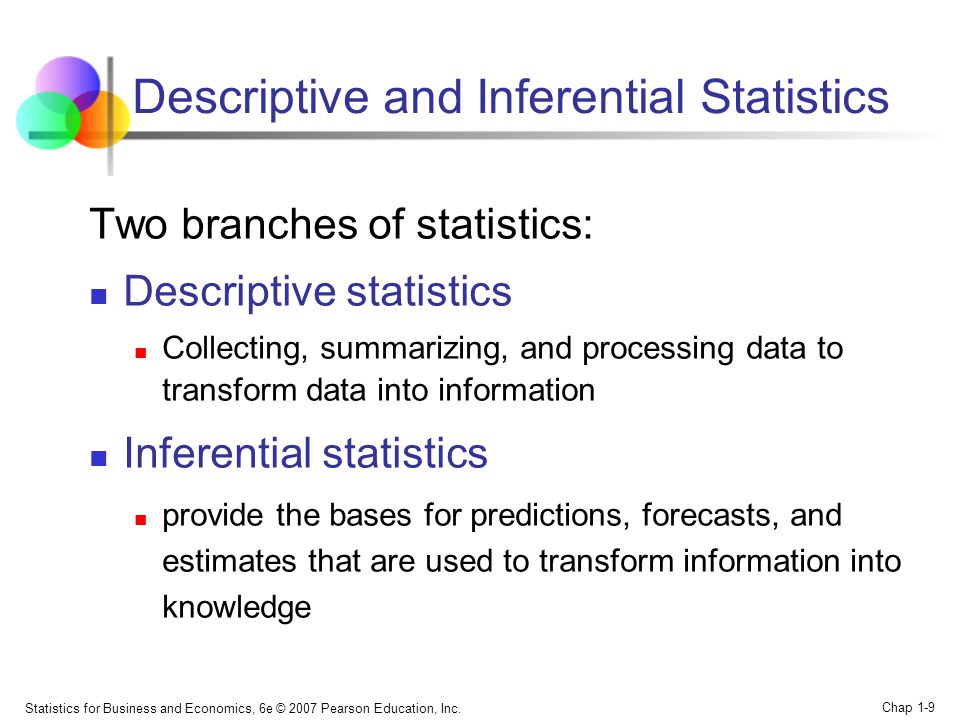
Descriptive Vs Inferential Statistics Definition. The ScienceStruck article below enlists the difference between descriptive and inferential statistics with examples. Descriptive statistics provides tools to describe a sample. Descriptive statistics is very important to present our raw data ineffectivemeaningful way using numerical calculations or graphs or tables. The use of descriptive statistics is when sampling is not required.
Inferential statistics by contrast allow scientists to take findings from a sample group and generalize them to a larger population. Descriptive statistics are used to describe the general conditions and characteristics of the data while inferential statistics are used to draw conclusions for the population based on the sample we have. Descriptive statistics provides tools to describe a sample. Descriptive statistics is a term given to the analysis of data that helps to describe show and summarize data in a meaningful way. Difference Between them with definition comparison - YouTube. The primary difference between descriptive and inferential statistics is that descriptive statistics measure for definitive measurement while inferential statistics note the margin of error of research performed.
Descriptive statistics is a term given to the analysis of data that helps to describe show and summarize data in a meaningful way.
This is useful for helping us gain a quick and easy understanding of a data set without pouring over all of the individual data values. Descriptive statistics describes a situation while inferential statistics explains the likelihood of the occurrence of an event. Descriptive statistics only describes condition of the data through parameters such as mean median mode frequency distribution and other statistical measurements. The two types of statistics have some important differences. Inferential statistics allow you to use data to make predictions or inferences based upon the data. The ScienceStruck article below enlists the difference between descriptive and inferential statistics with examples.
